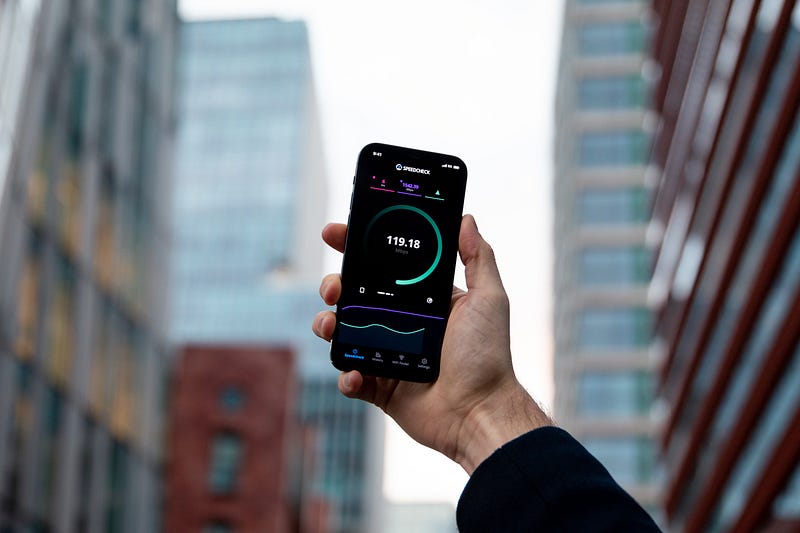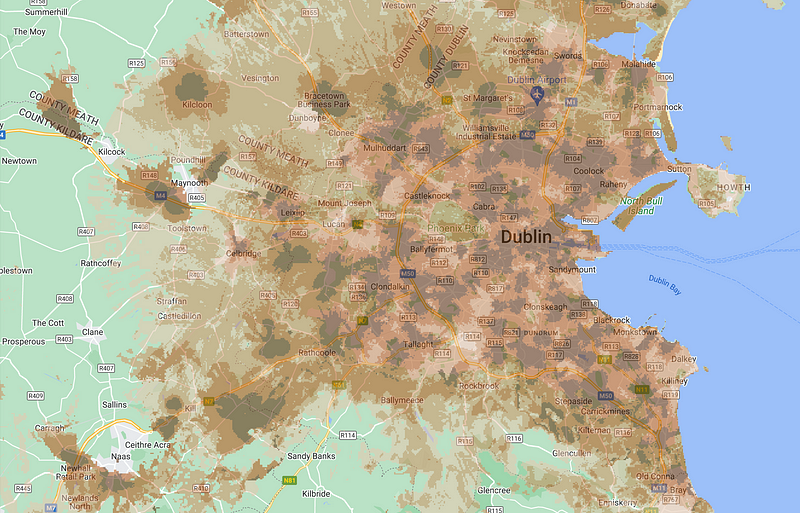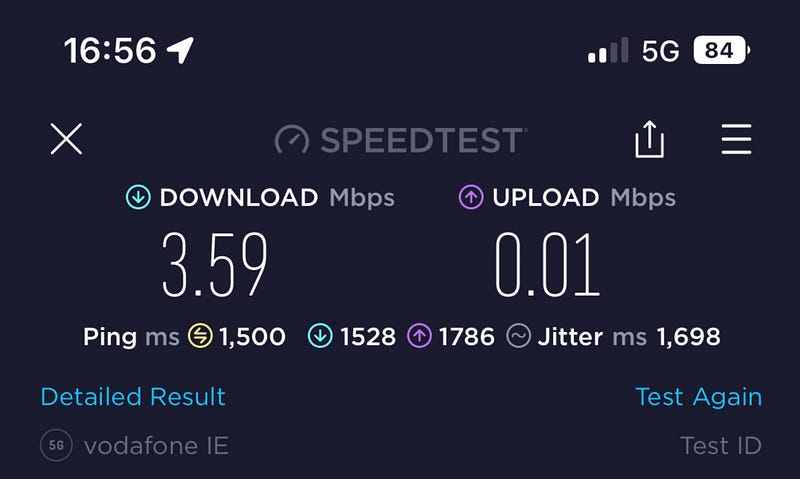The Truth Behind 5G Networks: Are We Paying for a Mirage?
Written on
Chapter 1: The 5G Hype
What exactly are we shelling out our hard-earned money for?

This isn't about sensational claims or conspiracy theories that make for entertaining discussions over drinks. Instead, it's about a nagging suspicion I've had for quite some time, which I’ve finally validated during my recent travels. In my opinion, 5G is a colossal scam, and it feels like we’re all paying for something that simply doesn’t exist. Let me explain.
Having lived in major cities like Belfast and Dublin for over a decade, I've traveled extensively through various countries, exploring urban centers and rural areas alike. One notable advantage of mobile networks in Europe is their roaming policies, which tend to be either free or quite accommodating, even outside the EU.
To clarify, this is not an attack on specific mobile providers, and I know many readers may want to defend their preferred service in the comments. However, the issue with 5G extends beyond individual networks; it's indicative of a broader marketing deception that every provider seems to be perpetuating. These companies, dare I say, have become so emboldened that they demand exorbitant fees while delivering little in return, fully aware that the situation is far from ideal. In reality, there’s a lack of genuine network coverage—a veritable desert in terms of connectivity.
When it comes to network coverage, the truth is often more misleading than the notion of Hugh Hefner as a monk...
Now, let’s talk about network coverage. This is a classic marketing tactic. Mobile network coverage maps look fantastic on paper, often painting a picture so alluring that you might be tempted to relocate. They present an illusion of a mobile internet paradise that simply doesn’t exist. Based on nearly ten years of experience, I can confidently say that the reality falls short. The issue extends beyond just the disappointing internet speeds in Ireland; it's a global problem. Mobile networks around the world seem to operate like a cartel, extracting money from consumers with each new generation of technology while rarely delivering on their promises.

Let’s also consider the smartphone manufacturers—yes, including Apple—who tout their latest "best in class" 5G devices, only for users to experience dismal download speeds of 4 Mbps in major urban areas!
Investing in a 5G device today is akin to purchasing a massive truck just to transport a teaspoon of sand on each trip.
I can already hear the tech enthusiasts arguing that I should delve into the specifications of the 4G and 5G networks. To them, I reply that no one is interested in the technical limitations or ideal conditions for these technologies. It’s unacceptable to market a world where autonomous vehicles roam freely while the upload speeds on 5G in a capital city are a mere 0.01 Mbps. What every internet user truly cares about is simple: it must work! Everything else is irrelevant.

When 3G service in a small town outperforms 5G in a metropolitan area by a factor of 10 to 100, you know you’ve been duped by clever marketing strategies.
In Eastern Europe, countries like Romania frequently deliver 3G speeds that are significantly superior to 4G and 5G offerings in many parts of Ireland, often using the same provider. This scenario is simply unacceptable. Erecting 5G antennas only to offer dial-up speeds while labeling an area as "5G-covered" feels like outright theft. A speed test for 4G in central Dublin currently yields only 2.7 Mbps download and 1.36 Mbps upload. While I understand the need for backward compatibility, defaulting to poor 3G speeds 90% of the time is not what customers expect to pay for. The thought of what 6G might bring is frankly alarming. Will it be akin to dial-up connections?
It appears that with every new generation of networks, instead of doubling the bandwidth, companies are cutting it in half.
In today's landscape, a reliable 3G network would serve the public better than the unreliable 4G or 5G networks currently available. However, in the US, 3G is being phased out. During my visit in 2019 to cities like Boston and New York, I found the mobile internet far from impressive. The situation was so dire that I often resorted to hotel Wi-Fi, which itself was only 10 Mbps—barely meeting 2019 standards in upscale hotels. This raises serious concerns about the decision to shut down 3G networks.
If you believe that investing in 5G is worthwhile, I advise you to think again. The technology is far from being ready for widespread adoption, and frankly, so is 4G—not with its current implementation.
Chapter 2: Exploring the 5G Reality
In this video, "I tested Verizon 5G Internet for EMF radiation and this is what I found!", we delve into the practical implications of 5G technology and the often-overlooked concerns surrounding it.
The second video, "Why your 5G Signal Sucks...", sheds light on the common frustrations users face with their 5G connectivity and what might be causing these issues.
Attila Vago — Software Engineer dedicated to making the world better, one line of code at a time. A lifelong tech enthusiast, advocating for web accessibility and enjoying hobbies like LEGO building and vinyl record collecting. A fan of craft beer! Read more about my journey here! Subscribe for more insights into technology, coding, and accessibility!